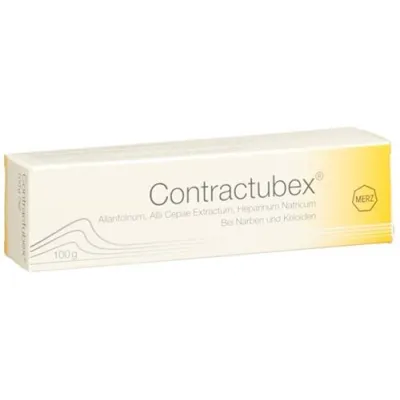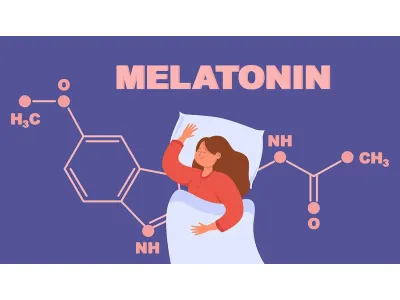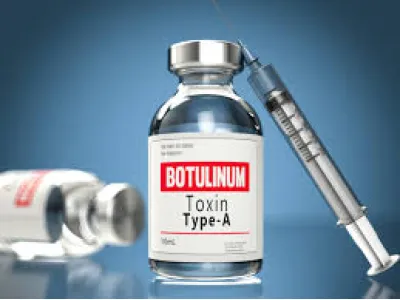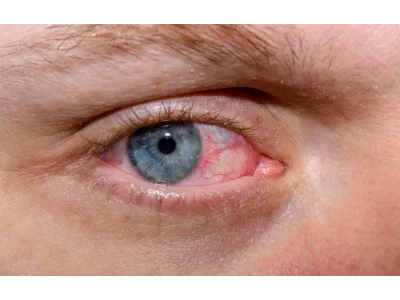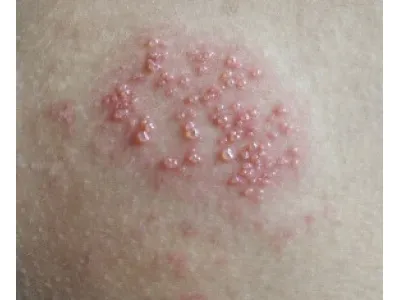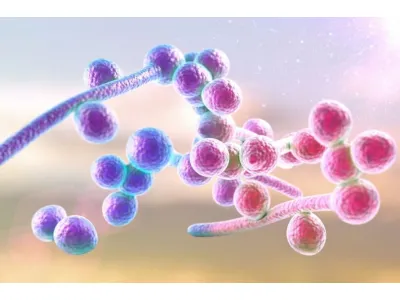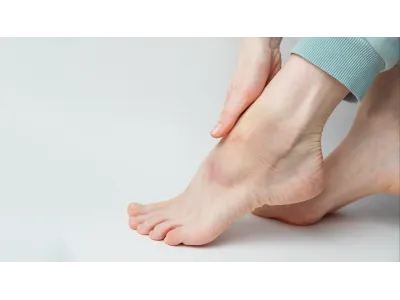Revolutionary Treatments for Scar Tissue: Softening and Smoothing Techniques
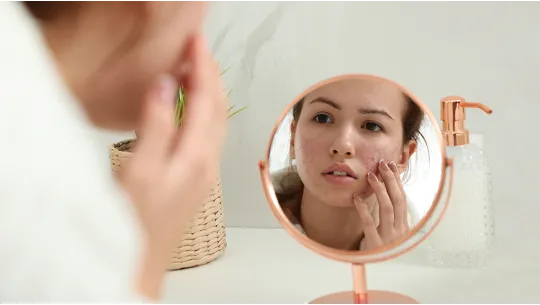
Scar tissue, a term meaning injury and repair, is the body's natural healing process. When the skin or some other tissue is injured, the body tries to restore the harm, which leads to the formation of scar tissue.
Scar Tissue: Formation and Role in Healing
The formation of scar tissue is an innate reaction of the body to damage. When tissue is damaged, the body starts a healing manner that includes numerous steps, beginning with inflammation to clean the wound, accompanied growth of new tissue, and remodeling that forms a scar. Scar tissue is composed of collagen, a protein that gives strength and support but does not have the special properties of the tissue it replaces.
Role in wound recovery
The role of scar tissue is to seal and repair the website of damage. It acts as a protective barrier, stopping infection and further damage during the healing process. Scar tissue helps restore the integrity of the injured area, but it also results in a visible scar or functional change, depending on the location and severity of the wound. Scar tissue occurs as a result of the following circumstances:
- Injuries: Cuts, burns and grazes lead to scarring as the skin heals.
- Surgical operations. Surgical incisions disrupt the skin and underlying tissues, resulting in scarring as part of the post-operative healing process.
- Skin conditions: Conditions such as acne, if not properly treated, leave scars due to the inflammatory reaction and subsequent healing of the skin.
- Internal Scarring: Outside of the skin, surgery or disease that affects organs and tissues inside the body also results in scar tissue, which has consequences for how the organs function.
The Imperative for Effective Scar Treatment
The formation of scar tissue, while signifying the body's excellent ability to heal, often leaves visible reminders of past injuries or surgeries. Such traces differ in appearance and texture, which leads to aesthetic problems or functional disorders. Its dense, fibrous nature leads to stiffness, discomfort, and restricted movement, especially with scars on joints or large areas of the body. Thus, there is a growing demand for effective treatments that soften and smooth scar tissue, improving its appearance.
In the field of scar treatment, a number of options have emerged to treat different types of scars, including keloids, hypertrophic scars, and atrophic scars. The treatment is aimed at reducing the expressiveness of scar tissue and increasing the elasticity of the skin and includes:
- Topical treatments: Silicone sheets and gels, moisturizing oils, and corticosteroid creams help soften and smooth scars, making them less noticeable. Pay attention to Contractubex 100g - a gel for the treatment of post-scar tissues. After its use, the hardened and excess scar tissue is softened and smoothed. Contractubex scar removal gel is used for excessive, bulging scars that restrict movement, as well as limited joint mobility due to involuntary permanent muscle shortening (contracture), amputations and accidents, as well as scar reduction.
- Injection treatment: Corticosteroid injections or fillers reduce the accumulation of scar tissue, especially in keloid or hypertrophic scars.
- Laser therapy: Laser treatment reduces the color of the scar, smooths the surface of the skin, and stimulates collagen production to improve the appearance and elasticity of the scar.
- Surgical revision: In cases where the scars are very restrictive or aesthetically unpleasant, surgical revision removes or modifies the scar and improves its appearance and functionality.
- Physical therapy: For scars that make it difficult to move, physical therapy can help stretch the scar tissue and improve range of motion.
Contractubex gel tube 100g
What is Contractubex and when is it used? Contractubex is a post-scar tissue treatment gel. Hardened and excess scar tissue is softened and smoothed. Contractubex is used for excessive, bulging and movement-restricting scars and for limited joint mobility due to involuntary permanent shortening of the muscles (contracture), amputations and accidents as well as scar shrinkage. What should be considered? Extreme cold or too much cold must be used, especially when treating fresh scars Massage should be avoided. Scars should be protected from the sun's rays. This medicine contains the preservative sorbic acid (E200). Sorbic acid may cause localized skin irritation (e.g. contact dermatitis). This medicine contains the preservative methyl 4-hydroxybenzoate (E218). Methyl 4-hydroxybenzoate can cause allergic reactions, too delayed reactions.This medicine contains a fragrance with citronellol, geraniol, benzyl alcohol, citral and linalool. Citronellol, geraniol, benzyl alcohol, citral and linalool can cause allergic reactions.When must Contractubex not be taken/used?Contractubex must not be used if you are hypersensitive to any of the ingredients.Infants under 6 months.Only use on intact skin and never on open wounds. Contact with the eyes and mucous membranes should be avoided.When should you be careful when using Contractubex?Contractubex may only be used on the closed and healed scar.Due to the small amount of heparin contained in Contractubex gel, there is an interaction with medicines that inhibit blood clotting (this includes medicines for blood thinning as well as many painkillers and rheumatism medicines) and thus an increase in blood pressure risk of damage would not be expected. Ask your doctor for advice before using Contractubex.Inform your doctor, pharmacist or druggist if yousuffer from other diseases,have allergies ortake or use external medicines (including those you bought yourself!)!May Contractub ex be used during pregnancy or breastfeeding?Systematic scientific studies have never been carried out. If you are pregnant or want to become pregnant or if you are breastfeeding, you should avoid taking medicines and only use Contractubex after consulting your doctor. How do you use Contractubex? Contractubex is rubbed gently into the skin several times a day - gently massaged in on rougher scars - until the gel has completely penetrated. For bulging strands of scars, it is advisable to apply the gel under a bandage, thick as a knife back, overnight. Depending on the extent and severity of the existing scar or in the case of restricted joint mobility due to an involuntary permanent shortening of the muscles (contracture), the treatment extends over several weeks.In clinical studies, Contractubex was used in some cases in children from the age of one year without any undesirable incidents occurring. However, since there are no comprehensive results on the use of Contractubex in children, any use in children under 2 years of age should only be carried out on the basis of a doctor's prescription. No data are available for use in infants. Due to the particular vulnerability of this patientn group, Contractubex should not be used in children under 6 months. Stick to the dosage given in the package leaflet or prescribed by your doctor. If you think the medicine is too weak or too strong, talk to your doctor, pharmacist or druggist.What side effects can Contractubex have?The following side effects can occur when using Contractubex:In very rare cases, local hypersensitivity reactions such as allergic skin reactions can occur. In such cases, treatment should be discontinued.If you notice any side effects, contact your doctor, pharmacist or druggist. This also applies in particular to side effects that are not listed in this leaflet.What else needs to be taken into account?The medicinal product may only be used up to the date marked «EXP» on the container.Storage instructionsStore at room temperature (15-25°C).Keep out of the reach of children.Further informationYour further information is available Doctor, pharmacist or druggist or your doctor, pharmacist or druggist. These people have the detailed technical information. What does Contractubex contain? Active substances 1 g gel contains: Allantoin 10 mg, onion extract 100 mg, heparin sodium 50 international units. Excipients Macrogol 200, xanthan gum, sorbic acid (E 200), methyl 4-hydroxybenzoate ( E 218), rose perfume (contains: citronellol, geraniol, benzyl alcohol, citral, linalool), purified water.Authorization number32747, (Swissmedic).Where can you get Contractubex? What packs are available? In pharmacies and drugstores, without a doctor's prescription. Tube with 20 g. Tube with 50 g. Tube with 100 g. Authorization holder Merz Pharma (Switzerland) AG, 4123 Allschwil. Manufacturer Merz Pharma GmbH & Co. KGaA, Frankfurt am Main, Germany.This leaflet was last checked by the Medicines Agency (Swissmedic) in November 2020...
159.83 USD
Scar Tissue Treatment with Laser Therapy
Laser therapy is an effective way to treat and improve the appearance of scar tissue. With advances in technology, laser therapy, including fractional laser resurfacing and non-ablative treatments, is offering hope to people who want to minimize scarring and improve skin regeneration. This treatment modality precisely targets scar tissue, promotes collagen remodeling and skin renewal for a smooth and even appearance.
How laser therapy works
Laser scar therapy uses focused light energy to target and alter scar tissue at various depths in the skin. The technology is designed to achieve specific results depending on the type of laser used:
- Fractional laser resurfacing: This technique creates microscopic wounds in the scar tissue, leaving the surrounding tissue intact. Controlled damage stimulates the body's natural healing processes with the aid of stimulating the manufacturing of new collagen and elastin. Over time, this results in less seen scars, progressed skin texture, and extended flexibility inside the scarred area.
- Non-ablative laser therapy: Unlike ablative lasers, which take away the pinnacle layer of skin, non-ablative lasers work underneath the surface to target the dermis, promoting collagen growth without detrimental the outer layer. This approach is powerful for light to moderate scars.
Advantages of laser therapy for the remedy of scars:
- Precision: Lasers target particular areas of scar tissue without affecting the encircling healthful skin.
- Improved skin texture: Laser treatment improves the texture of the affected place, making the skin smooth and uniform.
Microneedling: A Minimally Invasive Treatment
Microneedling is a minimally invasive technique for treating scar tissue and accelerating skin regeneration. Using fine needles to create micro-injuries on the surface of the skin, the procedure activates the body's innate healing mechanisms, and rejuvenates the skin's appearance and texture.
Microneedling process
Microneedling includes the usage of a special tool ready with tiny, sterile needles to puncture the higher layer of the skin. Microtraumas are superficial and are aimed toward stimulating the body's natural healing response, and greater specifically, cause the manufacturing of collagen and elastin, key proteins responsible for the structure and elasticity of the skin. The procedure is commonly performed by way of a dermatologist and can be used on different areas of the body, which include the face, neck and scalp.
Microneedling may be very effective for treating pimples scars, surgical scars and stretch marks. Due to the destruction of vintage scar tissue and the formation of the latest tissue, the method presents a smooth and even skin surface. During several sessions, patients observe a softening and pulling down of protruding scars, making them less noticeable.
Advantages of microneedling:
- Minimally Invasive: Unlike laser remedies and surgical procedures, microneedles are less invasive with minimum downtime.
- Safe for all skin types: The technique is flexible and can be competently done on plenty of skin types and tones, decreasing the danger of hyperpigmentation.
- Complex treatment: further to do away with scars, microneedling rejuvenates the skin, reduces the appearance of fine lines, wrinkles and enlarged pores.
Disclaimer: The article contains general information about scar tissue treatment strategies and does not constitute medical advice on remedy. It is crucial to apprehend that consequences may also range from person to person depending on the kind and severity of scarring, health and skin type. Before treatment, it is endorsed to seek advice from a dermatologist or plastic surgeon.
M. Fischer

